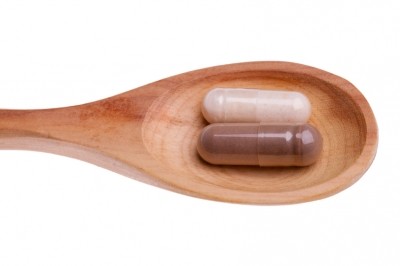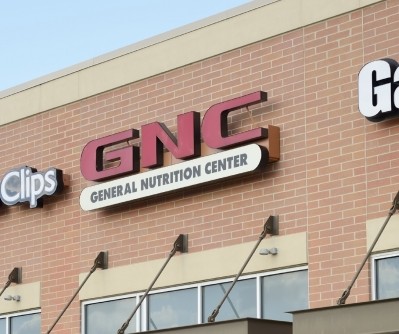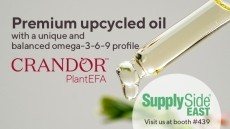Failure to refer to established national standards calls AG investigation into question, experts say

Instead, the AG’s office chose to test a group of botanicals bought off of the shelves in New York by hiring an academic with no apparent experience in testing botanical specimens to run a DNA study on the products. Such a test is absolutely not fit for purpose to test these kinds of supplements in order to find out the kind of information the AG was seeking, said Roy Upton, founder and executive director of the American Herbal Pharmacopoeia and James Neal-Kababick, director of Flora Research Laboratories. This is especially true as many of the products tested were extracts which could be expected to contain little or none of the DNA from the parent material. Even whole herb products can exhibit damaged or denatured DNA after heat treating during manufacture, which could give erroneous test results if that was the only approach used, they said.
“Why didn’t the AG choose the USP monograph for each botanical to test against? Because that would have reflected a national standard. It’s ridiculous that anyone in the regulatory world would not at least start with a national standard in a case like this. If I’m the AG, I would want to know what’s the most appropriate way to figure out what I want to know,” Upton told NutraIngredients-USA.
“If I was a law enforcement official and I was looking at investigating someone I’d want to make sure my approach of determining whether they had violated laws was legally defensible,” Neal-Kababick said. “If it was a crime scene and I was collecting blood spatter, I wouldn’t send it to a water lab for analysis.”
Technique still developing

Both Upton and Neal-Kababick said DNA testing, while promising, is still in something of an infancy in terms of its applicability to dietary supplements. For this reason, it is not included in any of the available monographs as a testing method. Yet the New York AG office seemed to have seized upon DNA testing as providing some sort of universal gold standard for evidence.
“That is simply not true,” Upton said. “The most appropriate, scientifically valid test of any botanical depends on what you want to determine. If identification is what you want to determine and the material being tested is a crude material sampled before processing, then DNA could be a gold standard, always working against an authenticated reference material.”
“DNA testing is relatively new to the scene for this area of work. Right now DNA is not included in the USP monographs for dietary supplements because of the state of the science in DNA testing. I strongly support it when it is appropriately used,” Neal-Kababick said. “It is not a cure all. People see these crime shows when suspects are exonerated based on DNA evidence. But matching human DNA taken from a crime scene is a very different process from using it for botanical identification. One process (crime scene DNA) is an established process with a lot of statistics behind it and the other is a new technique that is still developing.”
Multiple tests for reliable data
Even if the New York AG had chosen a more appropriate test, employing just one testing modality would still have been an approach open to criticism. To do a robust chemical analysis, multiple data points are called for, Neal Kababick said.
“We usually encourage using a number of approaches. Chemical analysis is targeted at profiling the marker chemicals that are associated with the botanical but it may not pick up profiles from other botanicals if a novel adulterant is involved. For example, I had an organic sheep sorrel sample in which microscopy showed that half the material was made up of other botanicals. If I had just gone for a TLC test that was specific to sheep sorrel I might have missed that.
“The fact that they used DNA exclusively shows a complete lack of understanding of the technique and its limitations. The flip side is that DNA testing could be a very good candidate if you wanted to see contaminants or undeclared allergens,” he said.
















